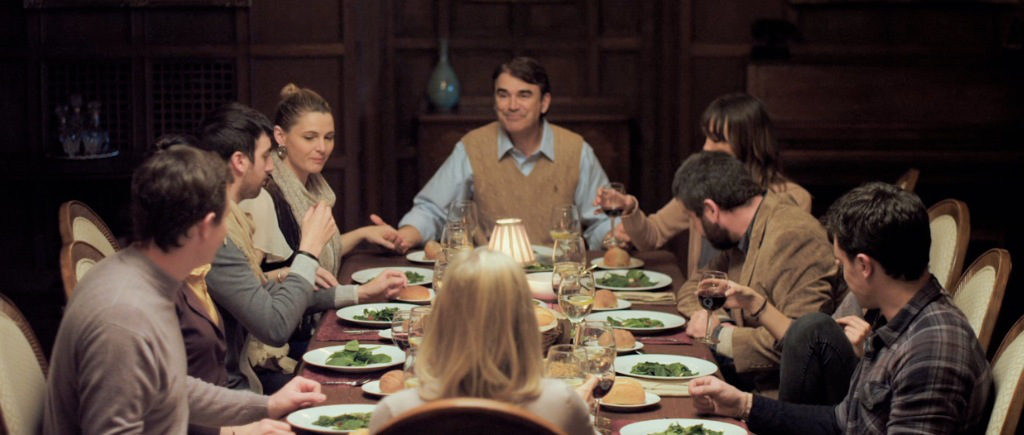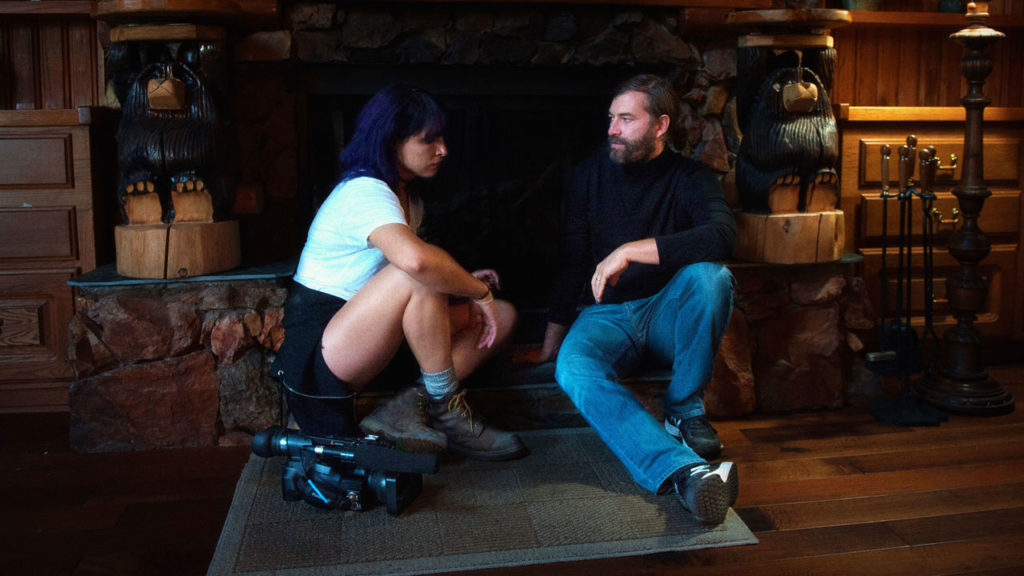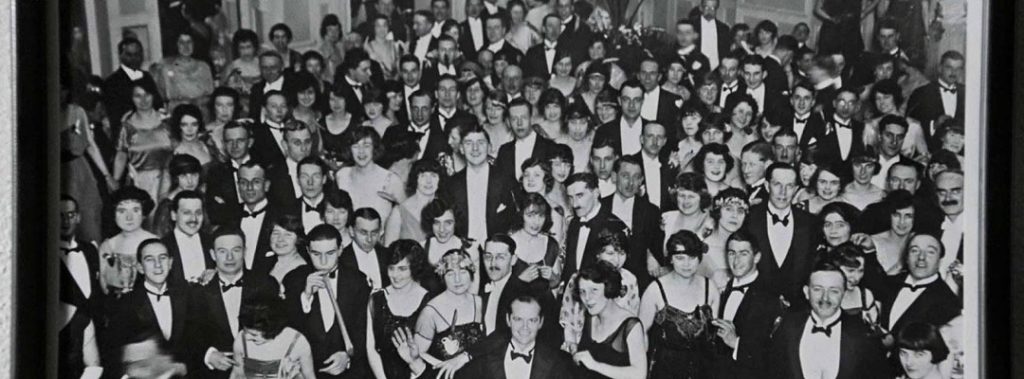Thesis
Cruel optimism is the term Lauren Berlant creates to describe the relation when something you desire is actually detrimental to your health and an obstacle to your flourishing. In particular, Berlant examines the existence of cruel optimism within the neoliberal system from the 1980’s to today and its connection to the fantasy of the “good life.” She is interested in the affective responses people have to the slow unfurling of precarity, contingency, and crises and our continued attachment to liberal-capitalism.
Notes & Quotes
- Because Berlant examines the affective response/attachment that people have with neoliberalism/ late capitalism, Cruel Optimism provides a great foundation for the affective responses of fear that are present in horror films and gothic literature. Because the experiences and states of liberal-capitalism that Berlant examines (i.e.: precarity) have unfurled slowly over time, they are often unnoticed and/or accepted as common sense. People are able to continue to cling to “good life” fantasies without logically understanding their impossibility. The horror film, however, flips this affective response on its head by making these states monstrous and defamiliarized through their excess.
- The concept of cruel optimism might be really helpful for a closer examination of Jane Elliot’s survival game genre. In particular, films like Saw in which victims view their suffering as something beneficial and a means of helping them to better value and live their life would be a great pairing to the concept of cruel optimism. Jigsaw’s victims that survive tend to cling to the belief that what they went through meant something, however, in reality the suffering was truly an obstacle to their flourishing. This may, however, be more closely aligned to the trauma theory and traumatic events which Berlant states that she isn’t interested in on page 10.
-
It is a book about the attrition of a fantasy, a collectively invested form of life, the good life. As that fantasy has become more fantasmatic, with less and less relation to how people can live- as the blueprint has faded- its attrition manifests itself in an emerging set of aesthetic conventions that make a claim to affective realism derived from embodied, affective rhythms of survival. (11)
I’m interested in how the affective relations described by cruel optimism connect with the ability to survive (rather than thrive).
- I think that the horror film works against cruel optimism because these films often begin in normalcy and/or in depictions of the “good life,” but the horror narrative unravels into something far more darker, making visible the fallacy of the good life. Sometimes this unraveling happens suddenly, however, at other times, it moves very slowly (the “mumble gore” subgenre might be worth looking into with this). You’re Next might work very well as a text that challenges cruel optimism. Although it immediately shows the fallacy of the good life within its opening scene, the rest of the film works very well in this line of thinking. In the film, graduate student Erin accompanies her boyfriend (and professor) Crispian Davison to his family home in Missouri. Long after the entire family falls under attack while eating dinner, it is eventually revealed that Crispian and his siblings were in on the murders in an attempt to gain their parents’ inheritance money. In a last-ditch attempt to survive, Crispian promises to pay off Erin’s student loan bills if she keeps silent about the murders. The good life promised by the wealth and intellect of the Davison family and estate are revealed to be nothing more than an unattainable and flimsy promise covering a rotten core.

The family dinner scene in You’re Next
Other films that work well with Berlant’s cruel optimism are The Shining (1980), Creep (2014) and Creep 2 (2017). In both films, we are introduced to a struggling film-maker who accepts a sketchy job off of Craigs List in an attempt to improve their careers, gain experience, and, most importantly, have a job. The commitment to a job is one of the affective activities that Berlant is most interested in: in the late capitalist era, many jobs are harmful in the long (sometimes, thanks to technology, never-ending) hours and stress. Sometimes these jobs also become obstacles in path to ultimate happiness and flourishing. In both Creep films, these jobs place the job-seeker within the trap of a serial killer (in fact, the serial killer is their employer and the creator of the job). In The Shining, Jack Torrance accepts the seasonal job of The Overlook’s care-taker, thinking that it will not only pay well, but that it will provide him with the time and space to practice his real passion, writing, and complete his play. The care-taker job eventually prevents him from flourishing (or even practicing) as a writer and also takes his life. The film ends with Jack stuck in the Overlook, where, much like the care-taker before him, he will remain an employee forever.

Aaron and Sara in Creep 2. In both Creep films, part of Aaron’s eeriness comes from his insistence that he and his employee share love and friendship between them, which becomes an excessive and monstrous version of the concept of the “work family,” which, I’d argue, is an integral part of the “good life.”

The famous final shot of The Shining. Jack Torrance is part of The Overlook even in his afterlife.
